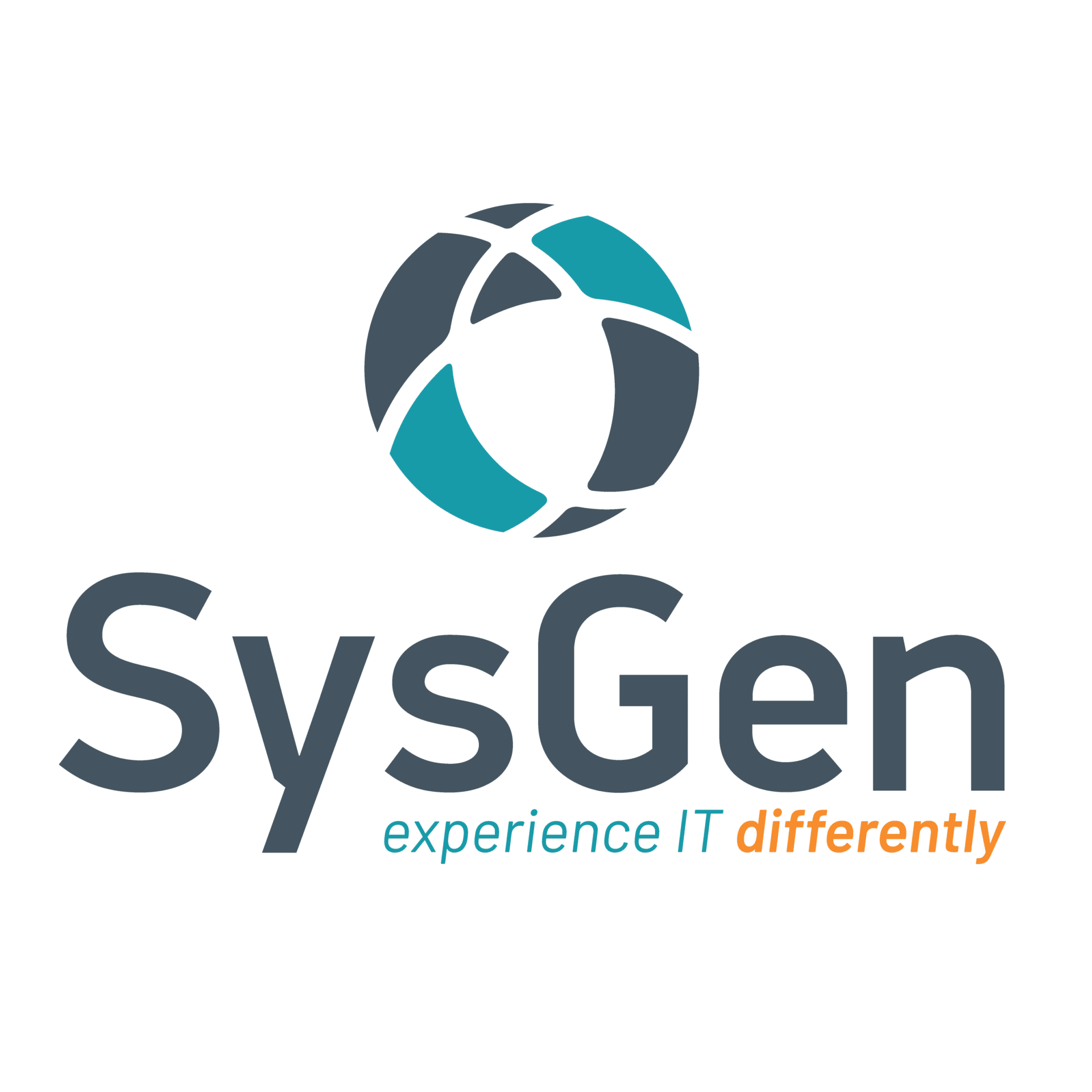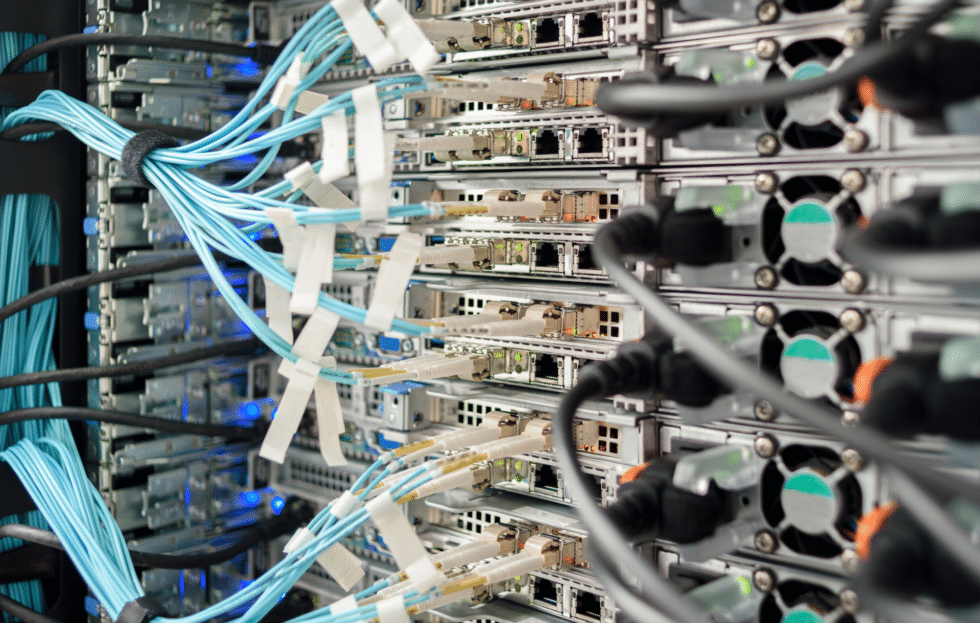Understanding what IT infrastructure is, what its components are, and what elements are needed to have an optimal system is crucial to business owners looking to streamline productivity and have technology propel their business goals forward.
In this blog, we’ll review infrastructure components, the types of infrastructure, and how to build an optimal IT environment.
Table of Contents
What is IT Infrastructure?
IT infrastructure, also known as information technology infrastructure, is the summation of the technology, tools, and resources that support the technology needs of a business. Infrastructure components include hardware, software, networks, security, and people that work cohesively to manage and optimize the IT environment.
IT infrastructure is critical to a seamless and collaborative technology experience. It allows employees to communicate, collaborate and work efficiently.
What are the Components of IT Infrastructure?
There are six components of IT infrastructure:
- Hardware
- Software
- Networks
- Cloud computing
- Security
- And, most importantly, people
While IT infrastructure components can vary depending on a business’s specific needs and size, these six components comprise the foundational building blocks of IT infrastructure, working together to enable efficient and secure data transfer, support business processes, and facilitate communication and collaboration across your business.
Hardware
Hardware is the physical space of your IT infrastructure, and it is what end-users interact with daily. This includes desktops, laptops, printers, routers, switches, and servers. Hardware, and more importantly, having the correct hardware for your business needs, is essential. Hardware support and procurement services are essential to this area of IT infrastructure.
Software
Software can be divided into two categories. The first is system software, which refers to the operating system, databases, and security software. The second category focuses on application software, which includes collaborative tools, relationship management software, and project management tools.
When building your IT infrastructure, it is important to consider a few things when selecting software. Looking at compatibility is key. Your system needs to have the capacity to support software but also, the software you use needs to support your business goals and initiatives.
Additionally, you’ll need to consider the performance and scalability of the software. The IT infrastructure must support the software’s growing demands and scale as necessary to meet your organization’s needs.
Another consideration is the management of software. Dealing with licensing, installation, and configuration can be burdensome, especially since software requires ongoing maintenance even after being set up.
Networking
Networks are the backbone of IT infrastructure, providing the framework for communication. Networks facilitate communication between devices and the sharing of resources. Network hardware components include firewalls, wireless access points, and routers. The software components of the network include monitoring and IT management tools that connect your devices and allow for collaboration. Essentially, networking ensures connectivity between users through wireless networks. Data travels from access points instead of cable connections in wired connections to form the foundation of your IT infrastructure.
Cloud Computing Services
The cloud is an integrated infrastructure component. While on-premises servers have been the mainstay, the cloud offers the most affordable and scalable solution to mitigate the drawbacks of traditional on-premises infrastructure. The cloud provides access to IT resources, applications, documents, and data through the internet.
Using the cloud has numerous benefits. It is scalable and highly cost-efficiency because you pay per usage, and it is a very reliable business continuity with minimal to no downtime.
Security
Cybersecurity is essential for any business. According to the Sophos State of Ransomware report, 66% of organizations were hit by ransomware in 2021, and overall, there was an increase of 57% in cyberattacks. IT infrastructure requires proper and rigorous cybersecurity measures to protect businesses from ransomware, malware, and unauthorized access. Building these protective measures involves incorporating firewalls, encryption, access controls, and monitoring systems.
People
At SysGen, people are the foundation of the best IT Experience. Technology is the tool that supports people in creating the best IT environment that works for your business, its employees, and you. Our unique service model skips the traditional help desk and instead integrates and dedicates IT staff to your operations. This way, you interact and build relationships with those responsible for designing, deploying, maintaining, and troubleshooting your end users and infrastructure.
Types of IT Infrastructure
There are two primary methods of information technology infrastructure delivery: traditional on-premises servers and cloud-based infrastructure. A third method is a hyper-converged infrastructure, which combines on-premises, traditional infrastructure with cloud-based infrastructure.
Choosing the correct type of infrastructure depends on how your business uses technology to operate. There isn’t a one-size-fits-all solution, and each option has its benefits and drawbacks. So, it’s critical to know what is necessary for your business to thrive.
Traditional Infrastructure
Traditional infrastructure, commonly called on-premises infrastructure, is physically located within your business. You’ll have a server room that houses your data center, including hardware, software, and networking equipment owned and operated by your company. Having this access can be a major benefit.
You get greater control over the physical components of your infrastructure, have direct access, and can customize your network resources directly. However, this also means that you will incur higher costs in your infrastructure’s maintenance, upkeep, housing, and security.
Cloud Infrastructure
Cloud infrastructure operates in numerous ways, and it can be deployed with Infrastructure-as-a-Service (IaaS), Platform-as-a-Service (PaaS), and Software-as-a-Service (SaaS). However, the commonality across all these deployment models is that a third-party provider hosts your IT infrastructure and is always accessible via the Internet.
Because of this delivery method, cloud infrastructure is highly flexible and scalable and creates an environment with little to no downtime. While there are many benefits of cloud infrastructure, the main drawback is that you relinquish some control over the IT management of your infrastructure.
Hyperconverged Infrastructure
Hyperconverged or hybrid infrastructure combines on-premises and cloud infrastructure in a single business environment, allowing you to reap the benefits of both types.
With this model, a business can retain control of sensitive or proprietary data with on-premises servers and leverage cloud infrastructure for data and information that needs to be widely accessible.
Why is IT Infrastructure Important?
Your IT infrastructure is the backbone of your business technology. With it, you can enhance efficiency and productivity using well-designed tools that streamline your processes and tasks. IT infrastructure facilitates communication, connecting with customers, collaborating with team members, and contacting vendors seamlessly.
Furthermore, IT infrastructure decisions build cybersecurity protocols. This protects your sensitive information and your growth with unfractured options that are easily scalable and adaptable to your changing needs.
What Does an Optimal IT Infrastructure Look Like?
There are five critical elements to an optimized IT infrastructure. These features work cohesively to ensure your IT infrastructure is resilient, high-performing, and fail-proof. Let’s look at the five elements needed for an optimal IT environment:
High-Availability Infrastructure
This element ensures that there is little to no downtime, the result being that in the event of an attack or outage, critical services are accessible to users, and rest is minimized.
High-availability infrastructure involves building redundancy at various levels within the IT environment. For example, building redundancy into software or hardware components to shift workloads to backup operating systems through virtualization technology.
Proactive reporting involved with high availability infrastructure is critical as it monitors, tests, and maintains the environment while alerting any potential issues so they are resolved before they cause problems.
Failover and Disaster Recovery Plans
Your IT infrastructure needs to have a disaster and recovery plan in place. A significant part of business continuity is necessary to provide you never experience downtime.
This ensures your infrastructure can regulate itself with failovers to accommodate heavy traffic and workloads with a backup or redundant system.
With disaster recovery, you need a rigorous and methodical plan with data restore procedures and data replication designed to ensure critical operating systems can be quickly and reliably restored to a functional state.
Low-Latency Networks
Low latency refers to a network built specifically to process high volumes of data with minor delays or latency. Because of this, low latency is a critical element of any optimized IT infrastructure. It allows you to access your data and information in real-time without experiencing any wait time.
Low-latency networks are highly beneficial. In addition to faster response times, this feature also ensures that you have a more reliable network, easily scales to the demand on your network, and creates a better user experience for your employees and users.
Bandwidth Management
How and when you use your network fluctuates daily, depending on the traffic and what software and hardware you are using. Your network resources need to be allocated to ensure that critical activities are always prioritized. This is referred to as bandwidth management.
With bandwidth management, your network will automatically prioritize specific traffic to ensure it always has the correct amount to perform seamlessly. For example, if your business uses VoIP for its telecommunication, bandwidth management will ensure that the voice traffic receives bandwidth for a precise, reliable, high-quality call experience.
This practice improves overall communication and collaboration within an organization. In other instances, bandwidth management ensures that reports and data are accessible and continually updated on time.
High-Performance Storage Systems
High-performance storage is key in an optimal IT infrastructure environment. You need the ability to back up and recover large amounts of data and have the correct security measures to protect against data leaks and potential attacks.
How to Start Building Your IT Infrastructure?
Whether you’re building your IT infrastructure from the ground up or working with existing technology, the options and decisions can seem endless. The best way to develop and optimize your environment is with the support of subject matter experts.
Whether you seek consultation, hire an in-house team, or connect with a managed service provider like SysGen, the opinion of trusted experts is critical to building your IT infrastructure.
Managing Your IT Infrastructure
Ongoing management is a necessary service regarding IT infrastructure. From updating, maintenance, and troubleshooting to license management, it can be a lot to handle on your own. Connect with SysGen today to learn about our locally managed It services in Calgary, Edmonton, Red Deer, and the Okanagan.
Need Help with Your IT Infrastructure?



